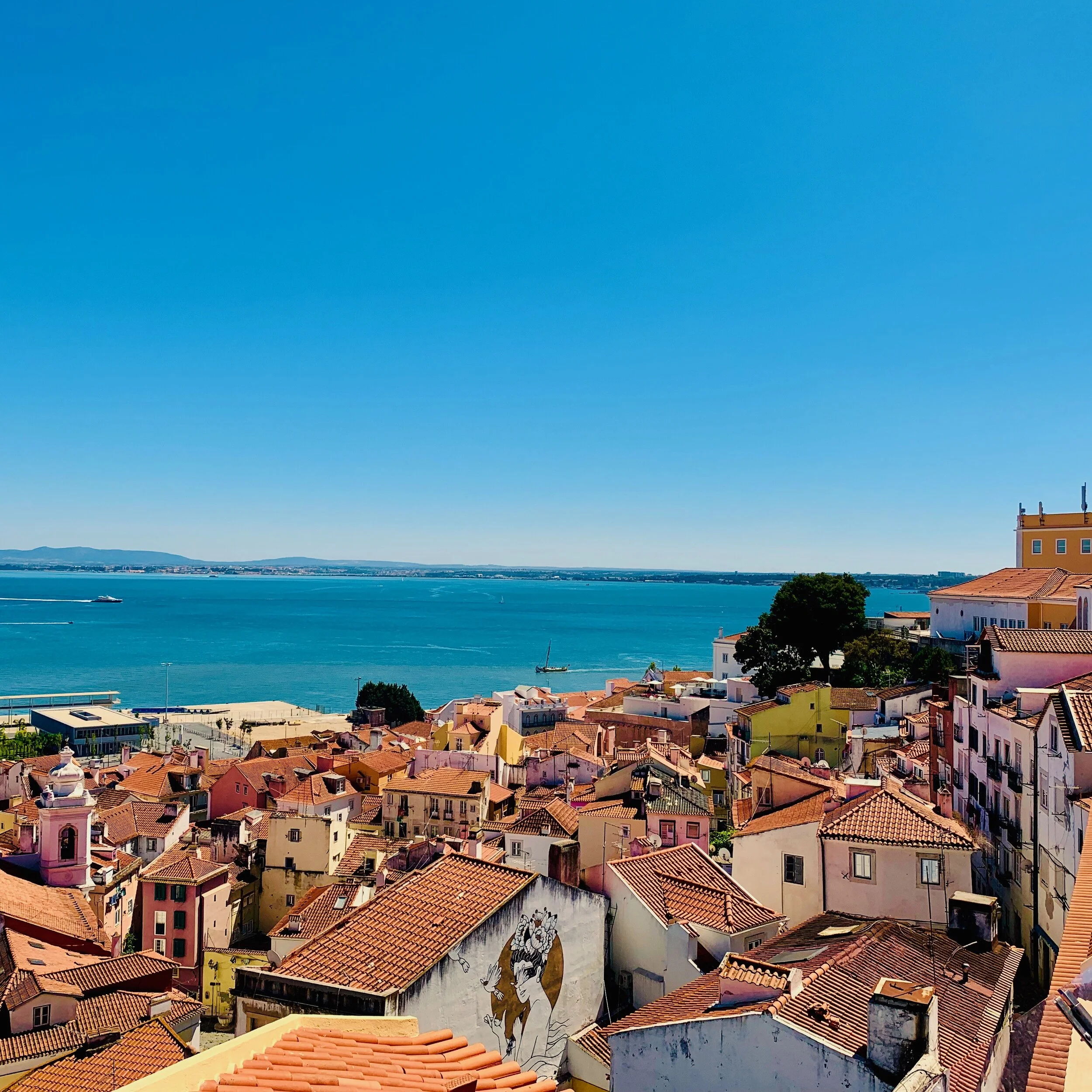Public health after COVID-19 is in a “post-war” moment, a time for revisiting the philosophical underpinning of our field, to ensure it aligns with the evolution of our collective values.
Recently, it was announced that Noma, often called the world’s best restaurant, is closing. This announcement was even more notable for the reasons behind it. Noma is not closing due to lack of demand—which, given the restaurant’s reputation, remains high. Nor is it closing because the co-owner and head chef, René Redzepi, is retiring. He is still relatively young and has already stated his intention to turn the Noma brand into something new, transitioning to a food lab with occasional pop-up restaurants. Instead, Noma in its current form is closing because Redzepi feels the business model is unsustainable, resting as it does on punishingly long hours and the labor of interns who, until recently, went unpaid for sometimes grueling and monotonous work. Redzepi said of this model, “Financially and emotionally, as an employer and as a human being, it just doesn’t work.”
Read more here




